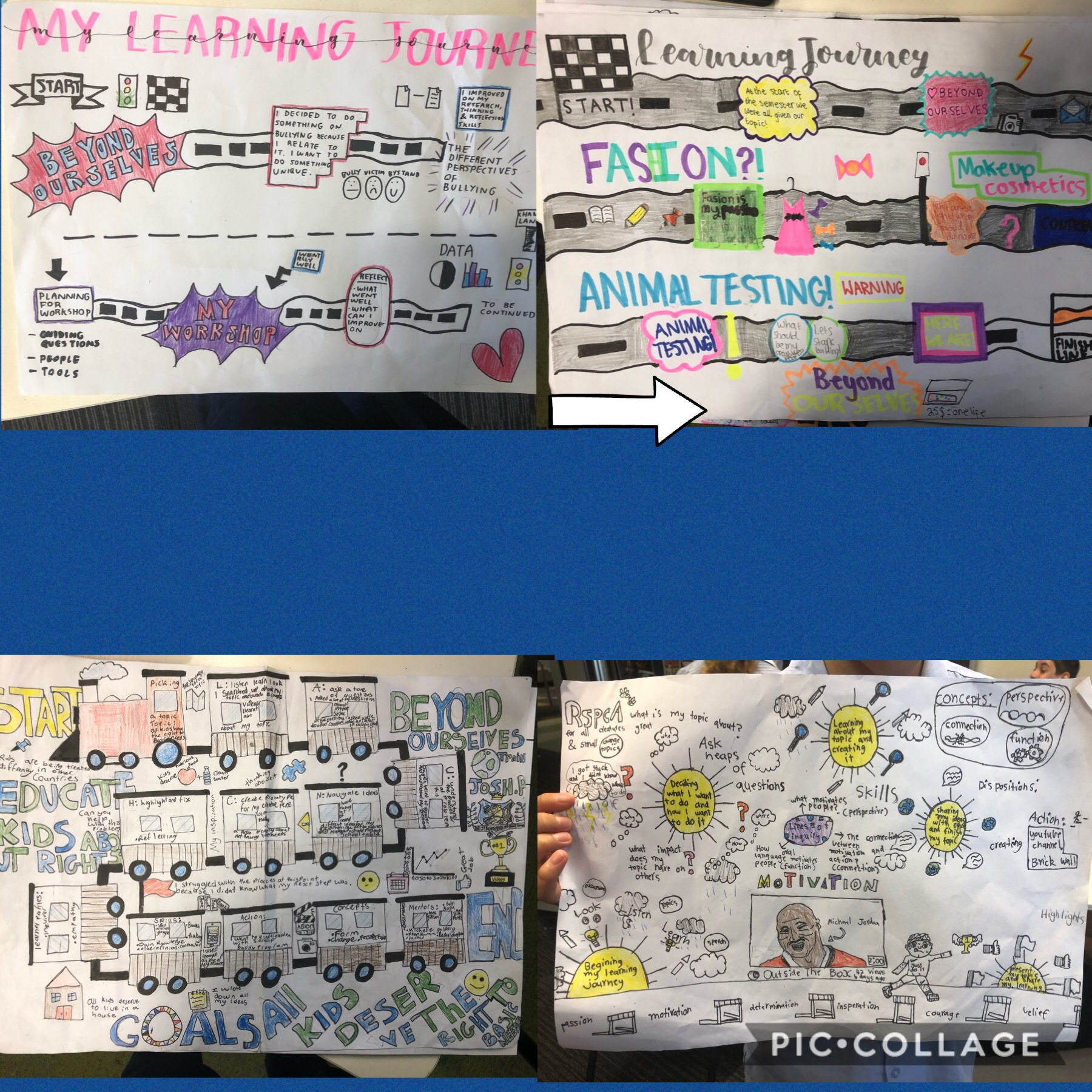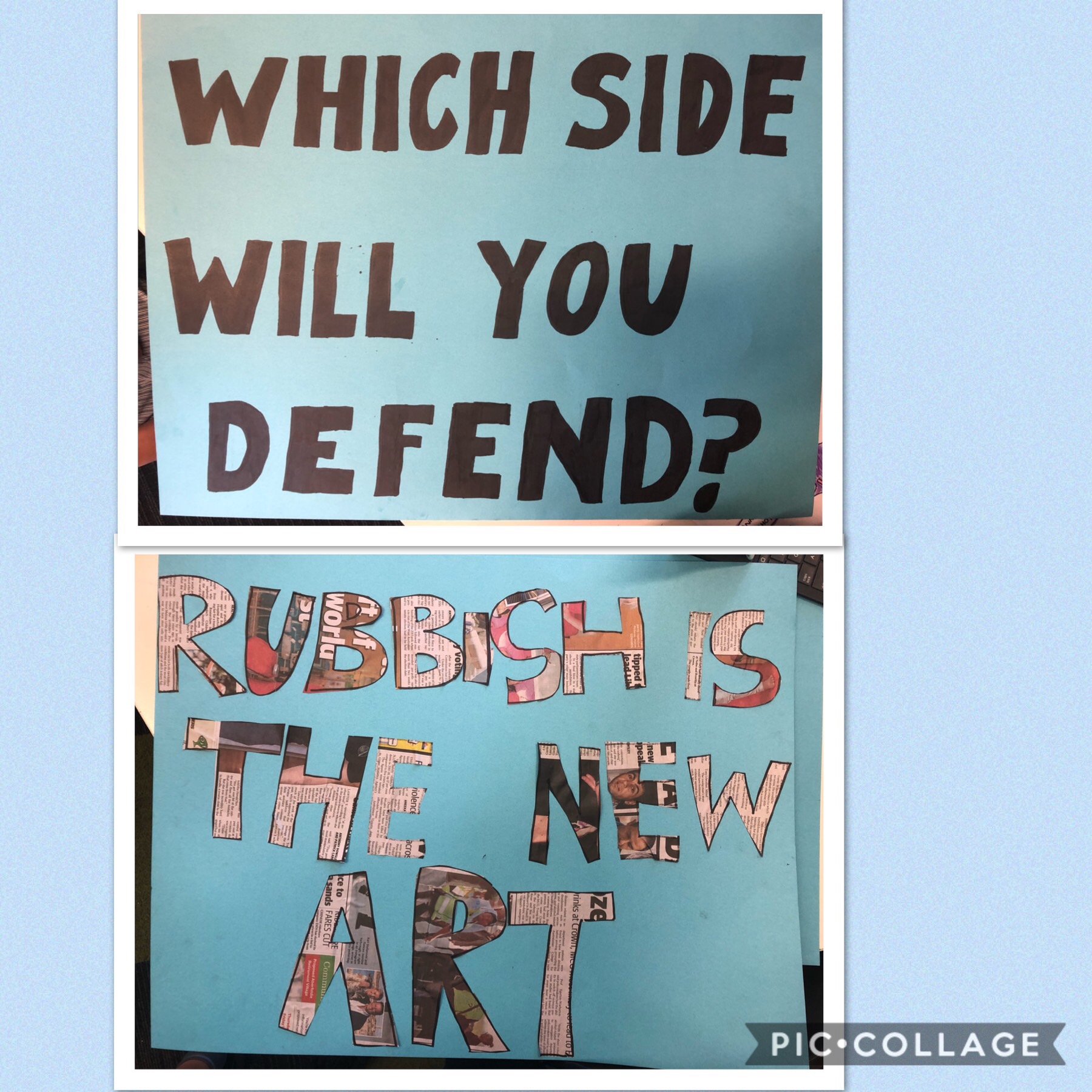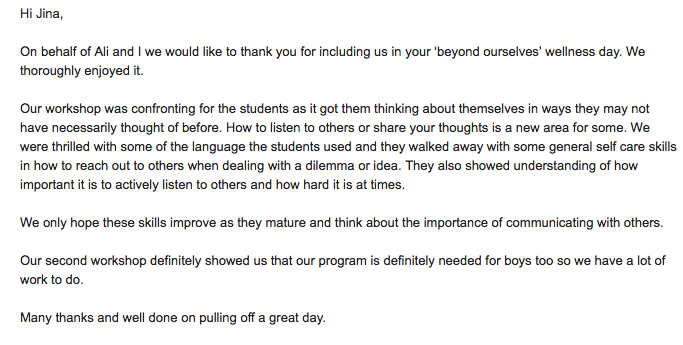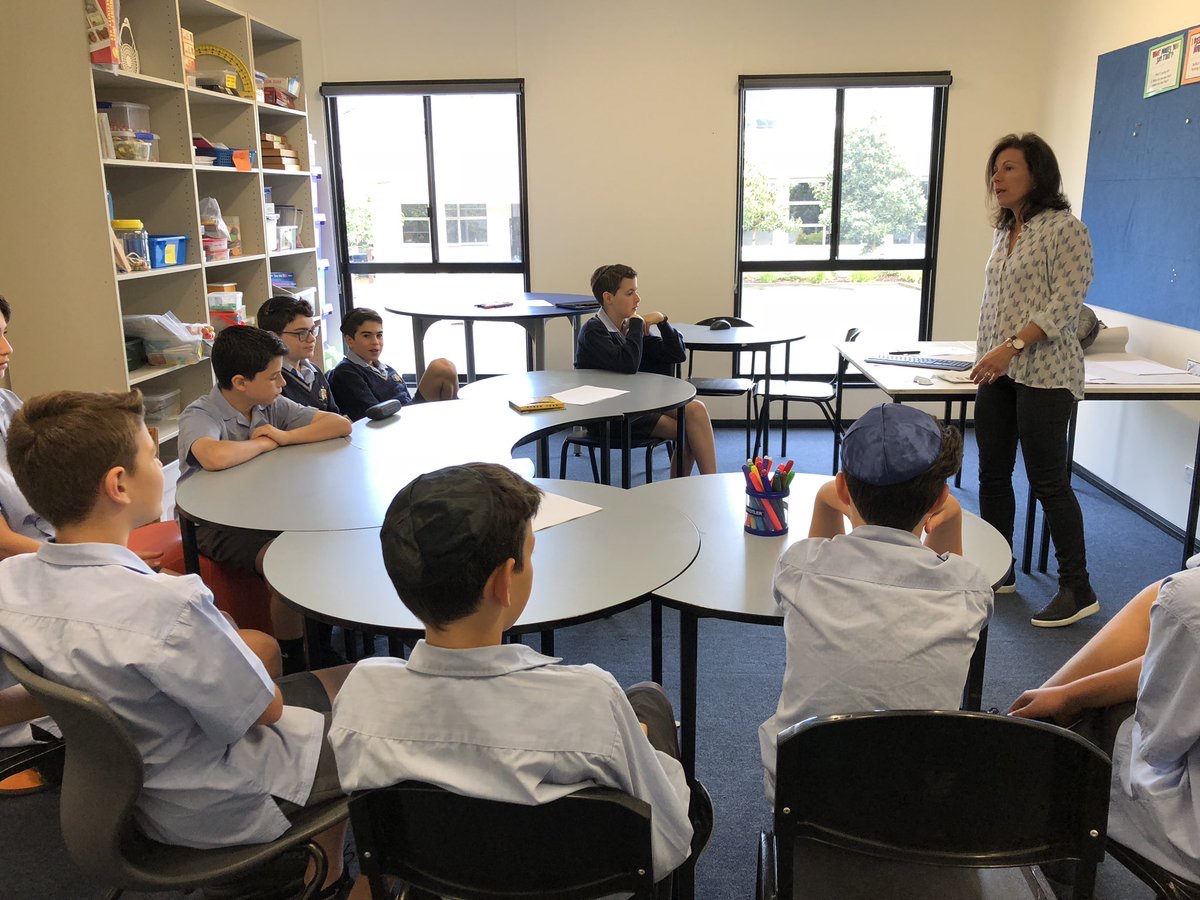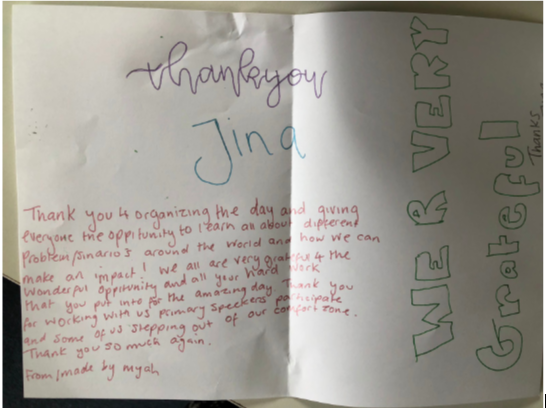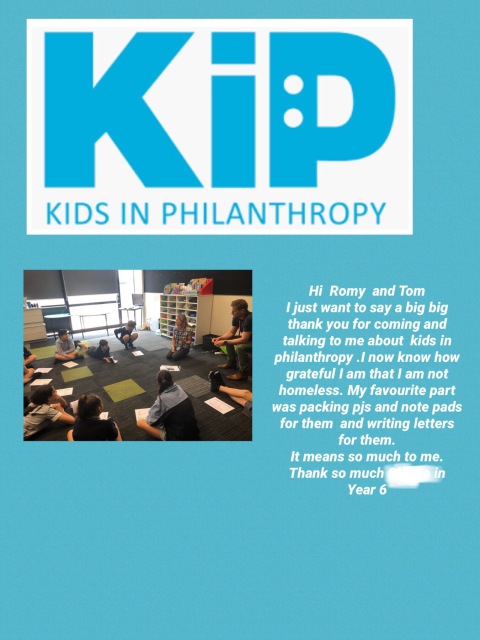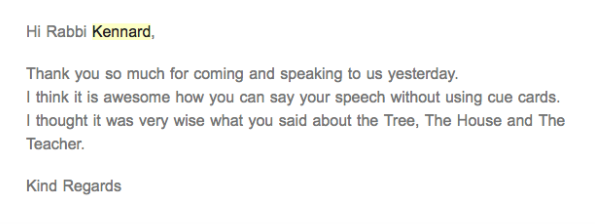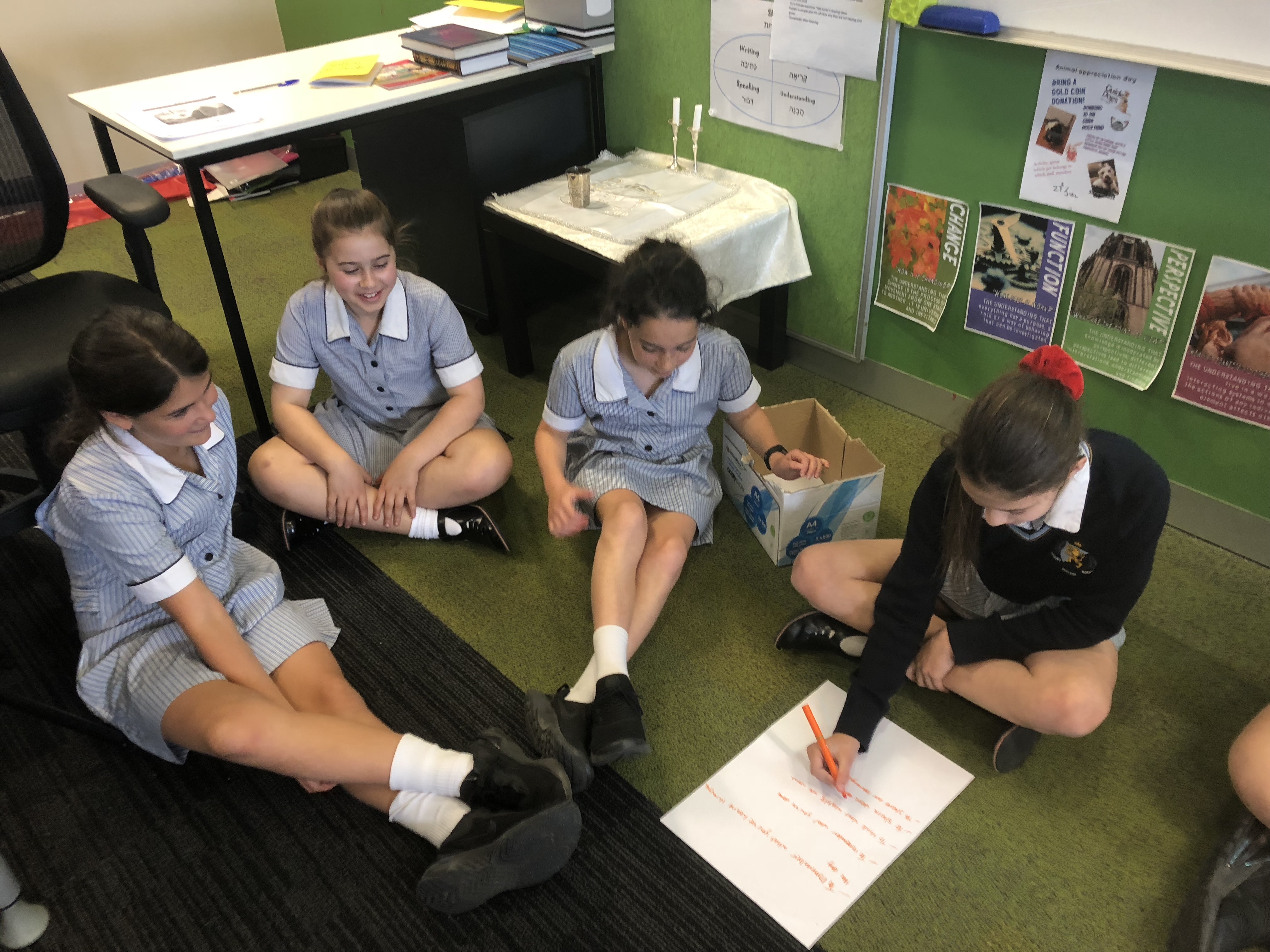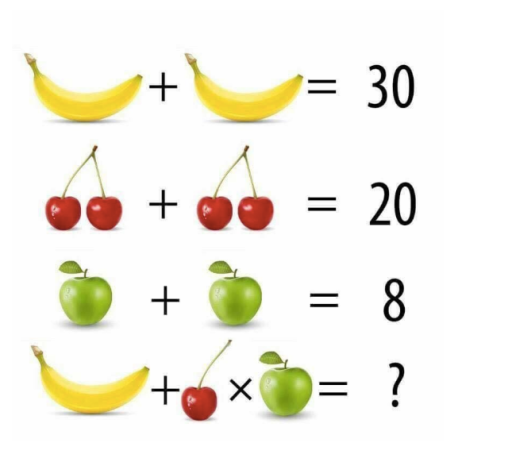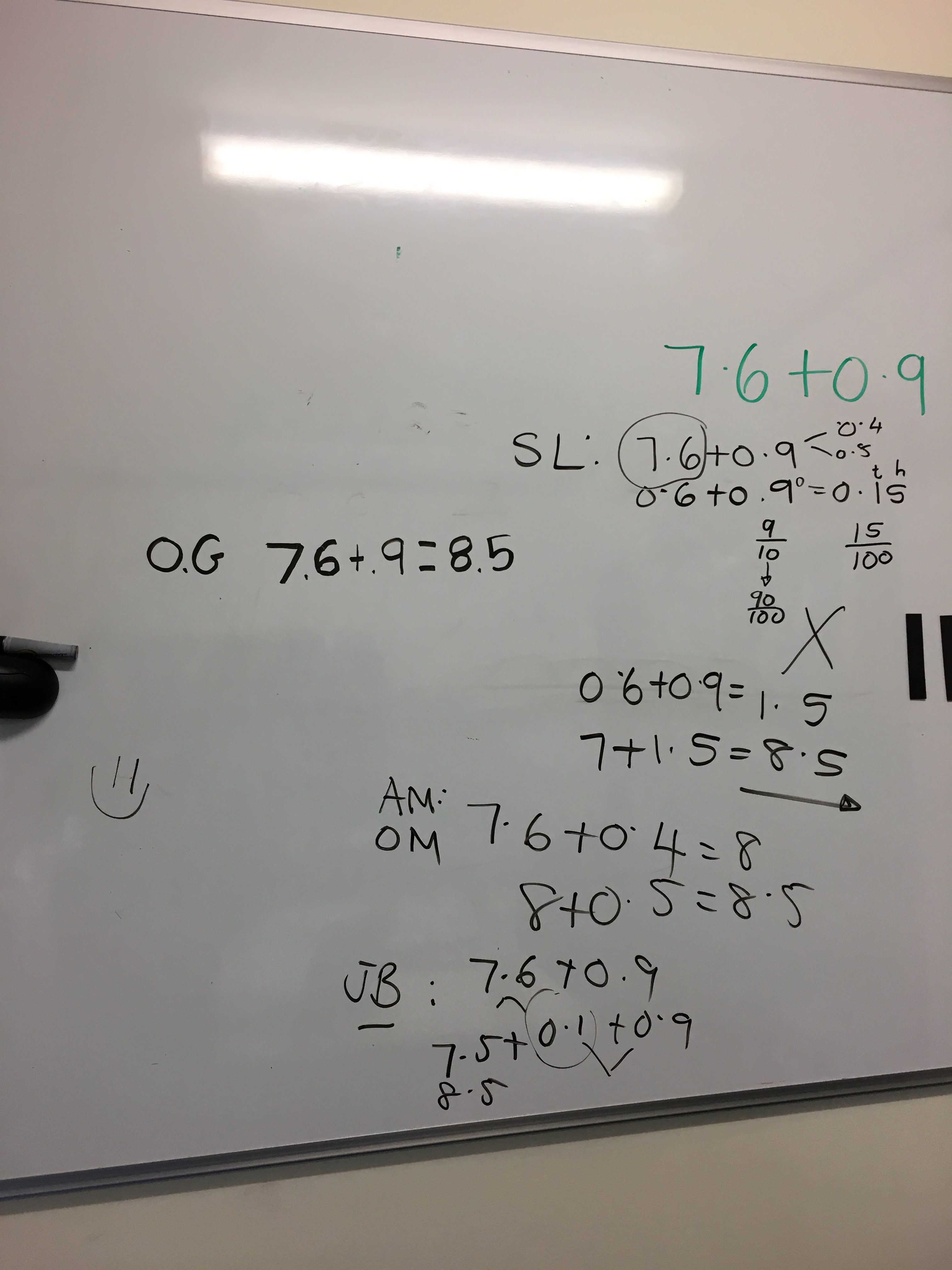In 2018, I started to write a blog post about my thoughts around teaching Mathematics in stand-alone units. I didn’t ever publish the post, but I found it in my drafts – when I was thinking, again (still) about the same thing this week.
The idea that any concept in numeracy “stands alone” is one that really bothers me. Jo Boaler, our numeracy heroine, says, “Mathematics is NOT a group of unconnected topics, it’s like a web of interrelated areas that can be used to explain the world around us.” She has created a series of these ‘webs’ that help us to visualise the connections between concepts. They help us to see how impossible it is to think about mathematical constructs in isolation. The interplay between the concepts is what allows us to apply what we know to what we are learning.
Image is taken from You Cubed
The idea then, that we might teach a unit of maths without connecting it to other concepts is impossible. How would it be that, for example, place value – understanding how the position of a digit indicates its value and a number’s relationship to other numbers in the base ten system – is not connected to a host of other concepts?
Some schools use a spiral approach to teach concepts – touching on them briefly each week. Is this better than stand-alone units? How would we get children to dig their teeth into learning if they had so many things to juggle at once, for such a short time?
What about if we embrace these ideas?
- Nothing in numeracy really stands alone.
- Modelling how we notice and name the concepts that we touch on in a lesson/unit, so that children do the same will remind them (and us) to draw on what we know to work out what we don’t know.
- Immersing our learners in ‘investigations’ regularly – learning engagements that are applicable to real-life contexts that draw on numerous mathematical concepts- will make the connections visible and authentic.
- Units may need to be taught as ‘stand alone’ to allow time and space for deep inquiry, but our choice of number talks, low threshold high ceiling provocations and learning engagements that have an ‘open middle’ will assist us in making connections explicit for our learners and for us to be gathering continuous, meaningful data to help up plan.
I would love to know how other people help their mathematicians become more aware of the interrelated nature of concepts in mathematics.




